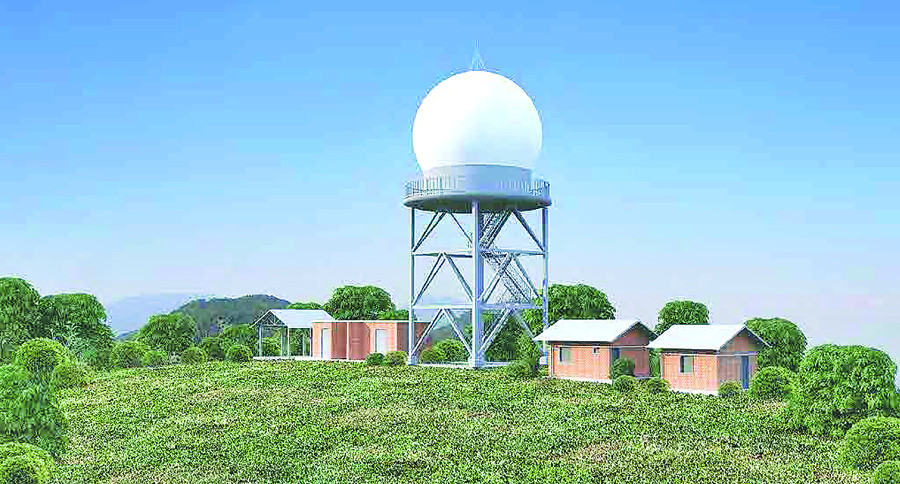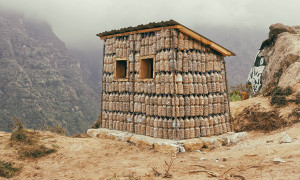Money
New radar installation to complete in 4 mths
The Civil Aviation Authority of Nepal (Caan) is set to complete the installation of two new state-of-the-art radar systems at Tribhuvan International Airport (TIA) in Kathmandu and Bhatte Danda in Lalitpur
The Civil Aviation Authority of Nepal (Caan) is set to complete the installation of two new state-of-the-art radar systems at Tribhuvan International Airport (TIA) in Kathmandu and Bhatte Danda in Lalitpur in the next four months.
Started in 2013, the installation of the second generation Mode S Monopulse Secondary Surveillance Radar (MSSR) system at the TIA will replace an 18-year-old radar. The existing surveillance system at TIA was installed in 1997 under a Japanese official development assistance.
The Japan government’s grant to modernise the TIA had come after two major crashes in 1992 — Thai Airways in July and Pakistan International Airlines in September.
The latest project is also a part of the TIA modernisation project, under which the Japan International Cooperation Agency (Jica) has provided a grant of Rs 906 million.
Caan officials said they aim to complete the project by January 31, 2016. After conducting test flights, the radars are expected to come into operation by March 2016.
Originally, the project was set to be completed by 2015. “However, due to the April 25 earthquake and the arrival of monsoon slightly delayed the installation work,” said Sanjeev Singh Kathayat, deputy director of Caan. “We will continue the work within 2-3 weeks after the monsoon is over.”
“We have already changed the old air traffic system with the new ones at the TIA, and the setting up of the new radars is the next big step,” he said, adding the new radar at the TIA would work for terminal approach aircraft, while the Bhatte Danda system will work for en-route aircraft.
The MSSR ensures high performance to improve reliability and safety of air transport. Installation of the MSSR systems at TIA and Bhatte Danda will extend en-route surveillance or flight locations up to 250 nautical miles from Kathmandu.
The coverage of the new MSSR would extend up to Dang in the west and the entire country in the east, north and south. Once the new systems are installed, the radars will monitor small aircraft flying on domestic air routes as well as international aircraft flying at high altitudes.
Besides, the radars give information on flight movement right from landing and taking off to weather conditions, aircraft identity and altitude, among others.
At present, the radar at the TIA, which functions as both primary and secondary radar, is utilised for approach service and is limited to a coverage of 60 nautical miles. It does not provide the exact location of an aircraft to air traffic controllers if it is beyond the Kathmandu approach control or outside the 60 nautical mile area.
The old radar was supplied by Japan’s Toshiba Company in 1997. It was set up at a cost of $34 million and was last serviced at a cost of Rs42.5 million on April 8, 2010, after a gap of 12 years, even though maintenance is required every seven years.
Installation of a secondary radar was proposed in 1994 when the existing radar was installed, but due to multiple reasons, the plan was put on ice. Due to poor radar surveillance, international airlines have been reluctant to use Nepal’s airspace.
The Caan has forecast that the number of domestic and international air travellers will grow more than two-fold to 9.31 million by 2028, compared to the movement recorded in 2011, while aircraft movement is estimated to increase to 232,750 by 2028.




 18.12°C Kathmandu
18.12°C Kathmandu














